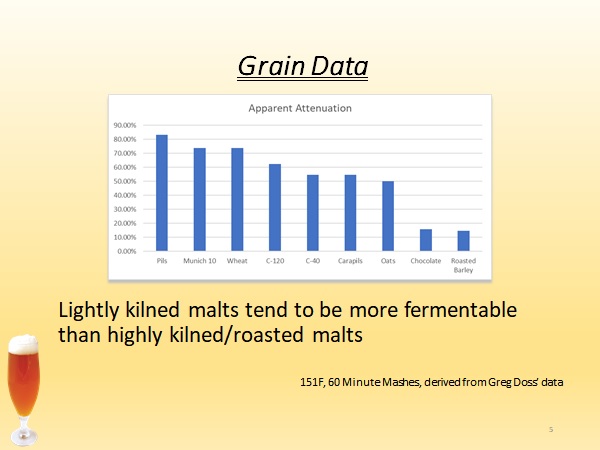Brewshna
Well-Known Member
- Joined
- Nov 18, 2020
- Messages
- 149
- Reaction score
- 29
Hi Guys,
our next try at a bigger stout has once again failed.
We watched the whole process carefully, especially the mashing temp.
We had no problems or mistakes that i can think of.
Pitched 4 packs of 05 at about 22°C. Aeration by vigorous overhead shaking of the fermenter before pitching the rehydrated yeast.
OG Was 20.4P (1.084) and FG should be 4.6P (1.019), after 3 weeks and two following same measurements of 7.2P (1.029) its as far as it will go.
I'm wondering if Aeration is lacking for that Gravity but im just not sure where the problem lies.
Any ideas?
The Recipe: Brewfather
Thanks
Matt
our next try at a bigger stout has once again failed.
We watched the whole process carefully, especially the mashing temp.
We had no problems or mistakes that i can think of.
Pitched 4 packs of 05 at about 22°C. Aeration by vigorous overhead shaking of the fermenter before pitching the rehydrated yeast.
OG Was 20.4P (1.084) and FG should be 4.6P (1.019), after 3 weeks and two following same measurements of 7.2P (1.029) its as far as it will go.
I'm wondering if Aeration is lacking for that Gravity but im just not sure where the problem lies.
Any ideas?
The Recipe: Brewfather
Thanks
Matt











































![Craft A Brew - Safale S-04 Dry Yeast - Fermentis - English Ale Dry Yeast - For English and American Ales and Hard Apple Ciders - Ingredients for Home Brewing - Beer Making Supplies - [1 Pack]](https://m.media-amazon.com/images/I/41fVGNh6JfL._SL500_.jpg)


















